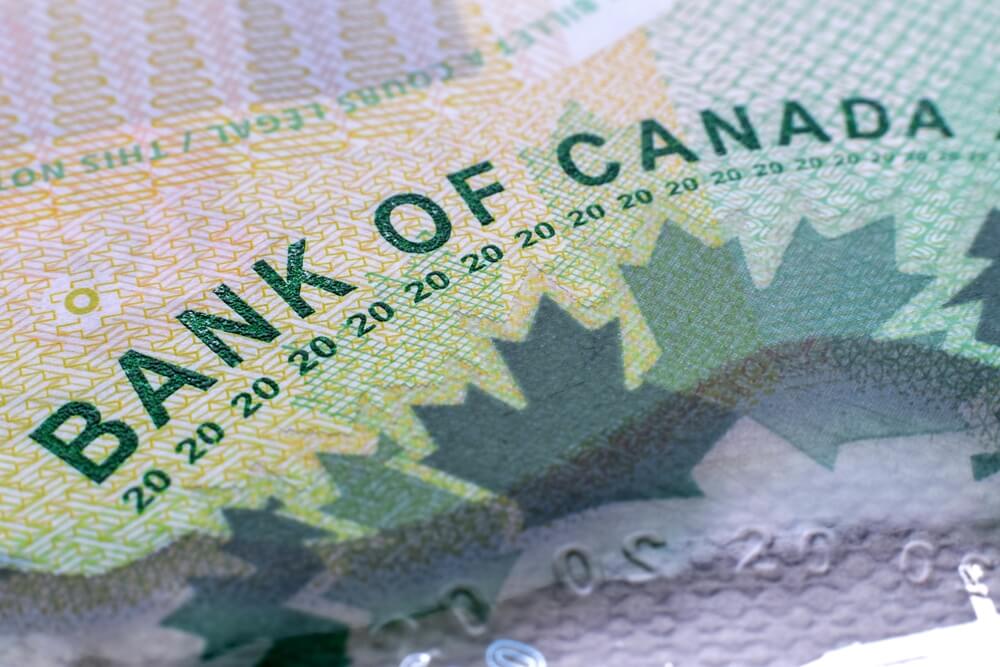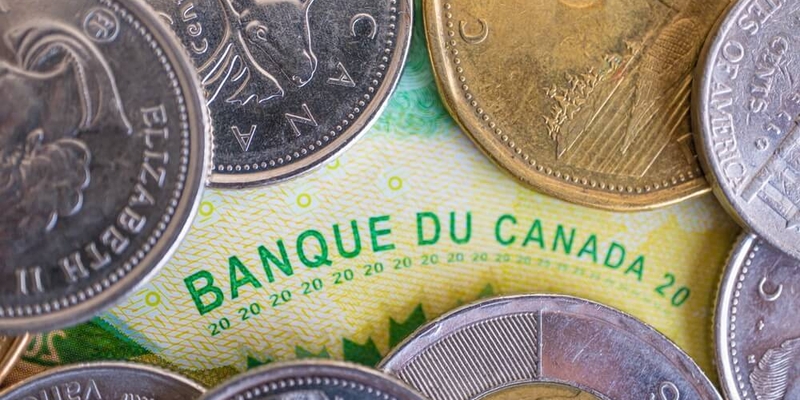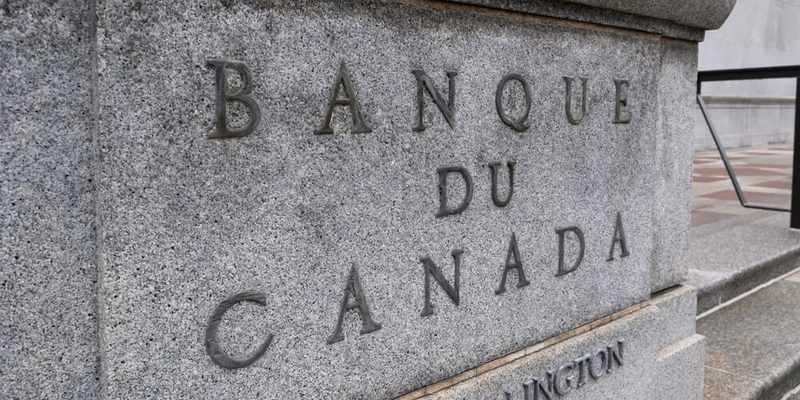
If you are not redirected within 30 seconds, please click here to continue.
Samedi: 10h – 16h HAE

If you are not redirected within 30 seconds, please click here to continue.
If you are not redirected within 30 seconds, please click here to continue.
Can a HELOC Get You Through the COVID-19 Crisis?

Table of Contents
It’s gotten a lot harder to find households with 3+ months worth of living expenses sitting in a liquid emergency fund.
These days, a full one-third of Canadians live paycheque to paycheque, according to data from Chartered Professional Accountants Canada, and the personal savings rate has fallen to less than a quarter of what it was at its peak in the 1980s.
For these people, job loss or an economic crisis can spell financial disaster. What we’re now seeing with COVID-19 is bearing that out.
It’s no surprise then that those facing income interruption, especially those unable to take advantage of government assistance, are more interested in a home equity line of credit (HELOC). But is tapping a HELOC a good idea?
Here’s a quick look at pros and cons of using a HELOC as an emergency fund to bridge tough times:
Pros of a HELOC Emergency Fund
- Significant Liquidity: For most, a HELOC gives them access to more cash than they could save up in a safe interest-bearing account.
- This is especially true in the case of readvanceable HELOCS. The available credit grows as the borrower pays down their mortgage, up to a maximum of 65% to 80% of the home’s value, depending on the lender, qualifications and mortgage amount (if any).
- Attractive Interest Rates: HELOCs are secured against your house and people tend to keep them a long time. So they offer better interest rates than personal lines of credit or open mortgages. One of the best HELOC offers available is Tangerine’s HELOC at prime – 0.10% (2.35%). Most other banks’ HELOCs are at prime rate plus 0.50% (i.e., 2.95%).
- Better than Keeping Cash on Hand: This is particularly true for:
- Those with higher-cost debt
- Self-employed borrowers, who may be better off putting cash to work in their business
- Savvy investors, who can instead use their free cash on opportunities with a higher return
- Just be careful not to put “rainy day” funds in risky investments
- Note: Certain “all-in-one” accounts like the Manulife One make better emergency fund replacements. That is, if you use them as your primary chequing account. Reason being: All-in-one accounts let you benefit from interest offsetting, which is when your monthly income offsets your debt for some number of days each month, thus reducing the balance you pay interest on (for those days) and saving you money overall.
Cons of a HELOC Emergency Fund
- The Debt Trap: If you’re someone who tends to live beyond your means (i.e. spend more than you earn), think twice about taking on additional credit.
- For some, having tens or hundreds of thousands of easily accessible dollars can be too tempting. That money can easily be misspent.
- Worse yet is when someone uses debt to pay off other debt. That often leads to a dangerous cycle, albeit it’s better (in the short term) than defaulting altogether.
- Rates Can Increase: Because a HELOC is based on prime rate, which fluctuates as the Bank of Canada raises and lowers its overnight lending rate, your interest costs can jump a few points in a few years. While that’s not likely in today’s economic climate, once a recovery is upon us (by 2022 hopefully), rates could potentially rebound.
- Credit Limit Risk: Lenders can freeze your credit limit or ask for immediate repayment if they think you’re becoming too much of a risk. Albeit, they rarely do either if you’re paying as agreed. Just make sure you’re paying some of the principal every now and then.
For those facing financial difficulty due to the COVID-19 crisis, chances are the boat has sailed on your opportunity to get a HELOC — if you don’t already have one. That’s because lenders are looking at HELOC applicants more carefully and declining those with “non-essential” jobs or employment in hard-hit industries like energy, travel, retail and restaurants.
Note also that lenders typically require a minimum credit score of 680 to 720 (or more), as well as a solid two-year (or more) credit track record and reasonable “debt ratios” (i.e., your monthly obligations must often be 40% or less of your monthly gross income).
If you can qualify, expect the closing to take about 25-50% longer compared to normal due to the current bottlenecks being faced by nearly all lenders.
Get money-saving tips in your inbox.
Stay on top of personal finance tips from our money experts!










